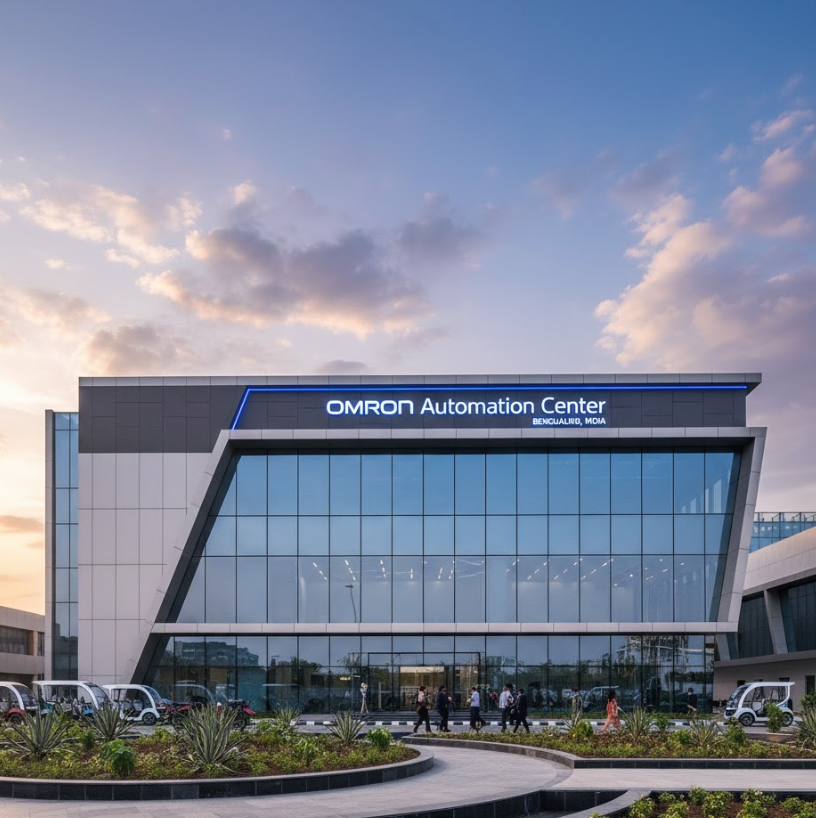Australian critical-metals specialist Metallium Ltd. (ASX: MTM) has announced the addition of a second demonstration line at its Texas facility to process rare-earth elements (REEs) and semiconductor feedstocks using its patented “Flash Joule Heating” (FJH) technology.
Background & Technology
Metallium acquired commercial rights to the FJH platform, originally developed at Rice University, which utilises rapid electrical heating of materials (often above three-thousand degrees Celsius in milliseconds) to enable efficient recovery of metals from waste or concentrates without conventional acid leaching or smelting.
According to the company, the first commercial plant in Texas (via its subsidiary Flash Metals USA, Inc.) is on track for commissioning in December 2025, with ramp-up through early 2026. Second Line Specifics & Strategic Implications
The newly added demonstration line is dedicated to processing specialty-materials, REE tailings, refinery residues and semiconductor-feedstocks (such as gallium and germanium) — a segment of growing importance given export-control pressures from China.
Capacity-wise, Metallium’s site is scaling from an initial design of 360 tonnes per annum (tpa) to 8,000 tpa of PCB feed (approx. 1,600 tpa “metal-rich char”) in Stage 1, and the second line aims for ~350 tpa of specialty feed under Stage 1. Longer term expansions target ~16,000 tpa.
By situating this processing capability in the U.S., Metallium aims to contribute to Western supply-chain resilience for critical metals, reducing dependence on China’s dominant REE refining capacity (estimated ~85 %) and offering a secure allied alternative.
Market Context & Outlook
The global demand for REEs and semiconductor-feedstock metals is intensifying, driven by growth in electric vehicles, renewable energy, 5G/6G infrastructure, and advanced electronics. At the same time, China has tightened export controls and retains the lion’s share of mid-stream refining, creating a strategic pivot opportunity for allied nations and alternative processors. Metallium’s FJH platform provides a lower-footprint, more flexible route that can handle diverse feedstocks (mine tailings, magnet scrap, e-waste, refinery residues).
However, commercial-scale performance remains to be fully validated. Metallium reports high recovery rates in pilot work (for example antimony 98 % and silver 97 % from e-waste samples) but industry watchers note the step-up to full scale brings risks in throughput, feedstock variability, permitting, and cost control.
Why It Matters
For semiconductor manufacturers and companies in the supply chain, the expansion of this U.S-based processing capacity means:
-
Access to domestic or allied feedstock processing alternative to China’s ecosystem
-
Potential for lower carbon and lower-waste recovery pathways (FJH claims fewer chemicals and water)
-
A modular, scalable approach that might shorten deployment times compared to traditional large-scale refining plants
For Metallium, success of the Texas facility could act as a template for replication elsewhere in the U.S. and allied countries — positioning them as a front-runner in the “recycle + reuse” critical-metals domain rather than purely primary mining.



